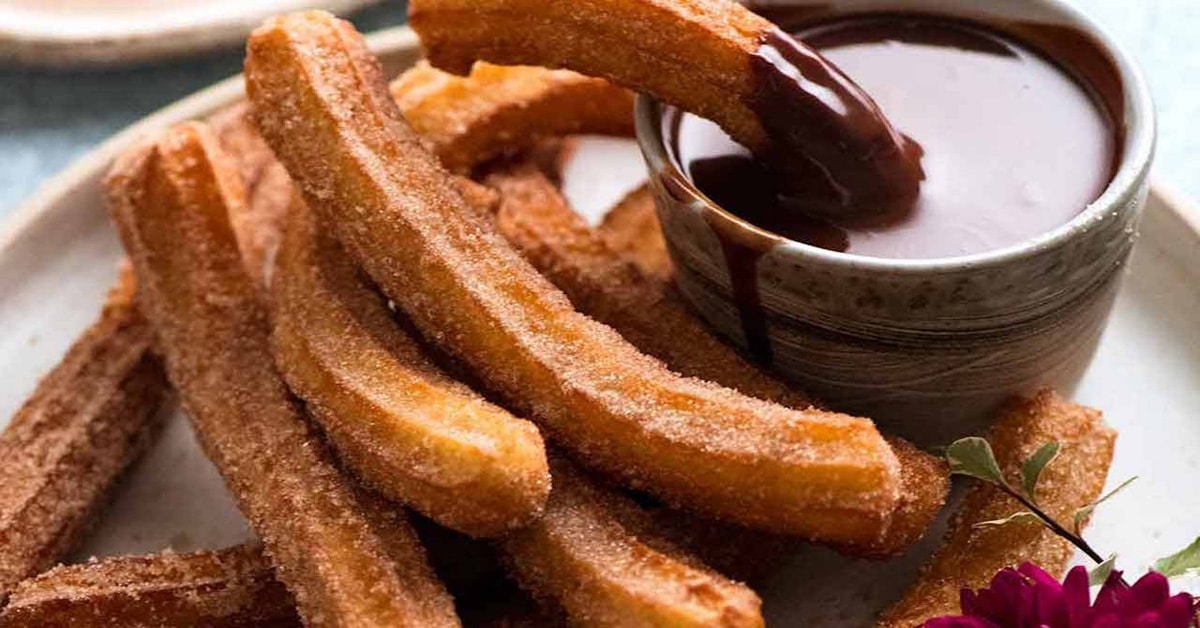Spanish Snacks – Authentic Sweet, Salty, & Savory
Spanish snacks and cuisine are well known worldwide. With the Mediterranean influence, the dishes are just bursting with flavor and fresh ingredients. However, since dinner is generally eaten in the late evening and lunch is usually around 3 pm, eating a delicious snack between 5 and 7 pm is a fantastic way to bridge the gap.
If you are a food lover, there is nowhere more authentic than Spain to begin your gastronomic journey. The meal ingredients can vary greatly, even in nearby cities, making everything much more intriguing. So, let’s discuss some of the most famous and loved Spanish snacks and explore their characteristics.
Please leave a review or any memories of this snack in the comments at the bottom of this page. Thank you!
Spanish Snack Names
- Torrijas
- Churros
- Mantecados
- Miguelitos
- Empanadas
- Boquerones Fritos
- Torreznos
- Pan Tumaca
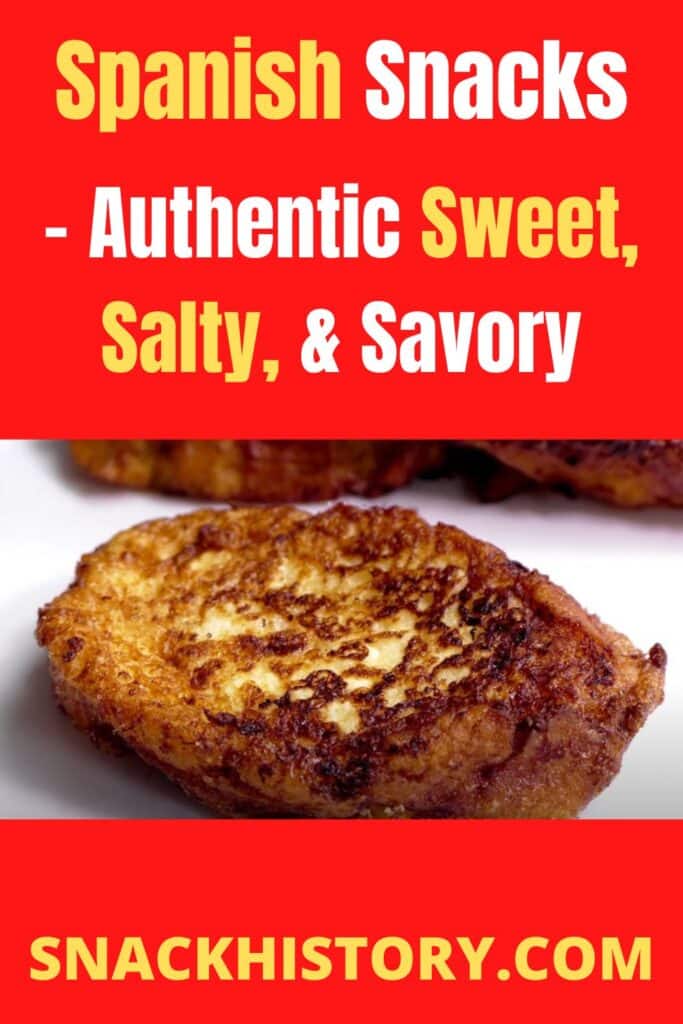
Sweet Spanish Snacks
1. Torrijas
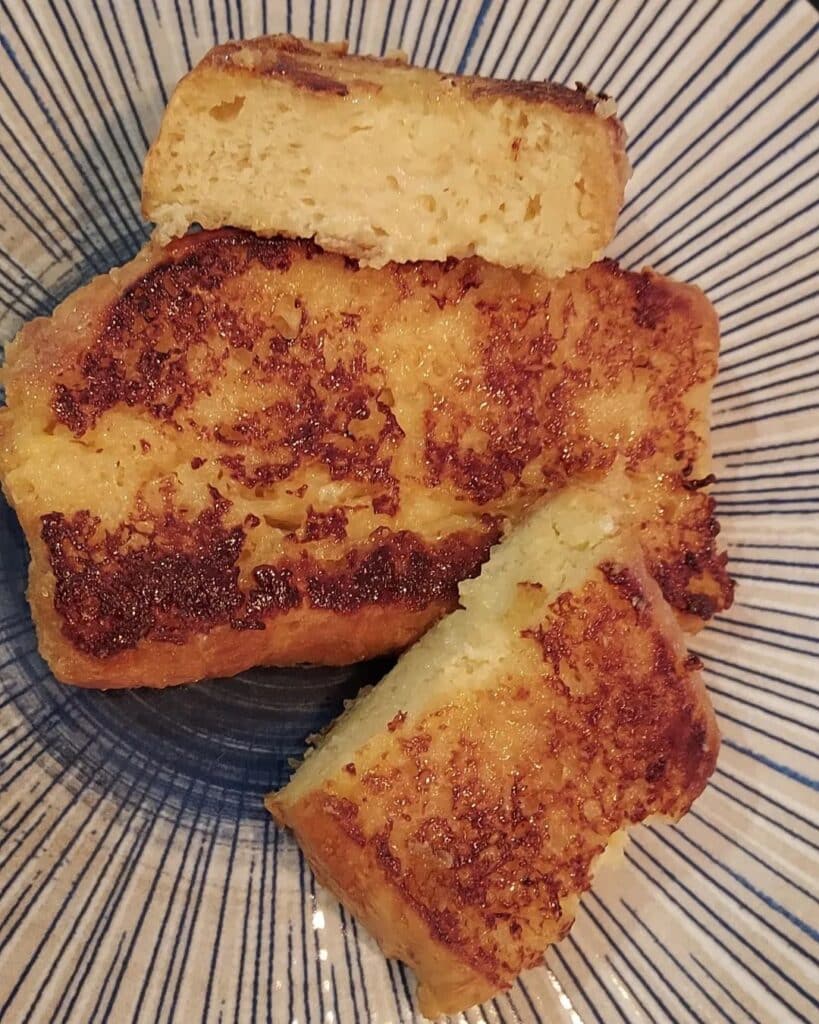
Those small Spanish snacks may be more familiar if you’ve heard of French toast. Spanish toast, also known as “torrijas” by the locals, is similar to French toast. The first mention of Torrijas was by the Spanish poet Juan del Encina in 1496. It appears that the snack has been around for a while. Some people have even suggested that this delicacy dates back to the fifth century.
This meal is a typical snack for religious occasions like Lent and Holy Week, which typically occur right before the Easter celebration. The ingredient list includes a lot of bread, much like French toast. Bread pieces are dipped in a combination of eggs, milk, and spices. The bread absorbs the flavors considerably more effectively after they are dipped.
The Torrijas are typically cooked in the frying pan. When everything is finished, the toast has a highly crispy and moist inside. With each mouthful, the toast’s sweetness erupts on your tongue. Cinnamon is typically added on top to finish it and make the meal even better.
2. Churros
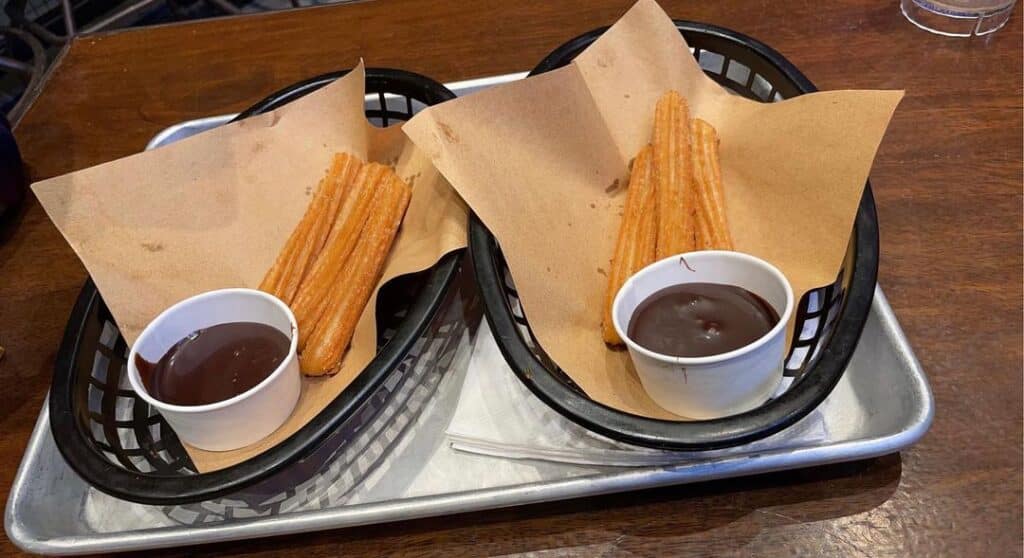
Churros are Spanish snacks that have gained worldwide popularity. They are frequently found in the top lists of Spanish snacks. It’s quite astonishing how a basic fried stick of bread can become so popular.
Nobody is certain of the precise origins of churros. According to a widely accepted idea, Portuguese seafarers brought this dish to the Iberian Peninsula from China. Others, however, claim that this particular dish originated with Spanish shepherds who needed a substitute for baked goods.
Churros are widely considered one of the greatest Spanish snacks out there, regardless of their place of origin. It’s amazing how a recipe made with just simple ingredients such as sugar, flour, and milk can be so intriguing. An amazing sensation comes with every bite, from the crunchy surface to the creamy interior. Churros can be enhanced by sprinkling them with powdered sugar and dipping them in a steaming cup of cocoa or hot chocolate.
Churros are typically covered with sugar in Spain, whereas the Mexican version also contains cinnamon. This food is typically sold at churrerias, which is a sort of cafe.
3. Mantecados
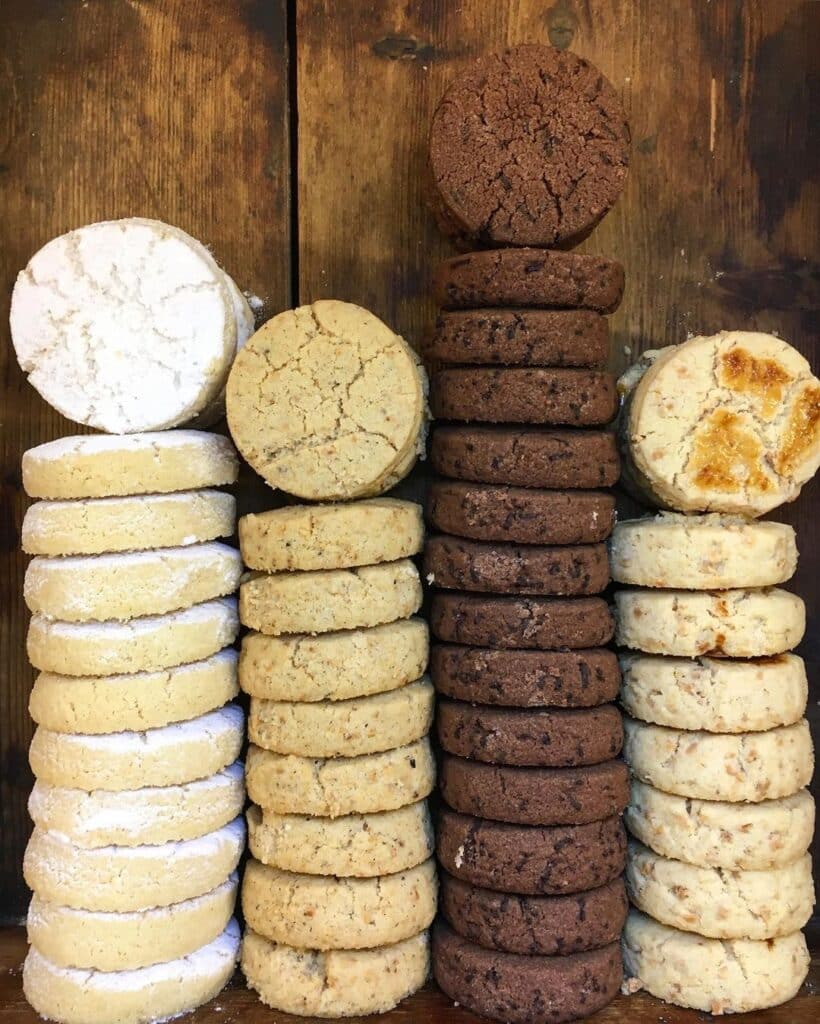
One of the most loved sweets worldwide includes cookies and cakes. What if, though, you could merge the two into one? Introducing Mantecados, often known as Spanish Crumble Cake. This food is a cross between a cookie and a tiny cake.
Southern Spain loves this as a Christmas snack. Manteca, which in English means lard, is where the name “mantecados” comes from. This is because, in the 16th century, lard was utilized to manufacture this particular sort of pastry. The English term for this cake is “crumble cake” since it is also crumbly.
Mantecados still mostly consist of wheat, eggs, and sugar as components. These days, butter is preferred over lard for making this cake. This dish just takes 15 to 20 minutes to prepare. You must be cautious if you bite into it since the crumbs can land all over the place. However, the rich flavor of those Spanish snacks makes all the effort worthwhile.
4. Miguelitos
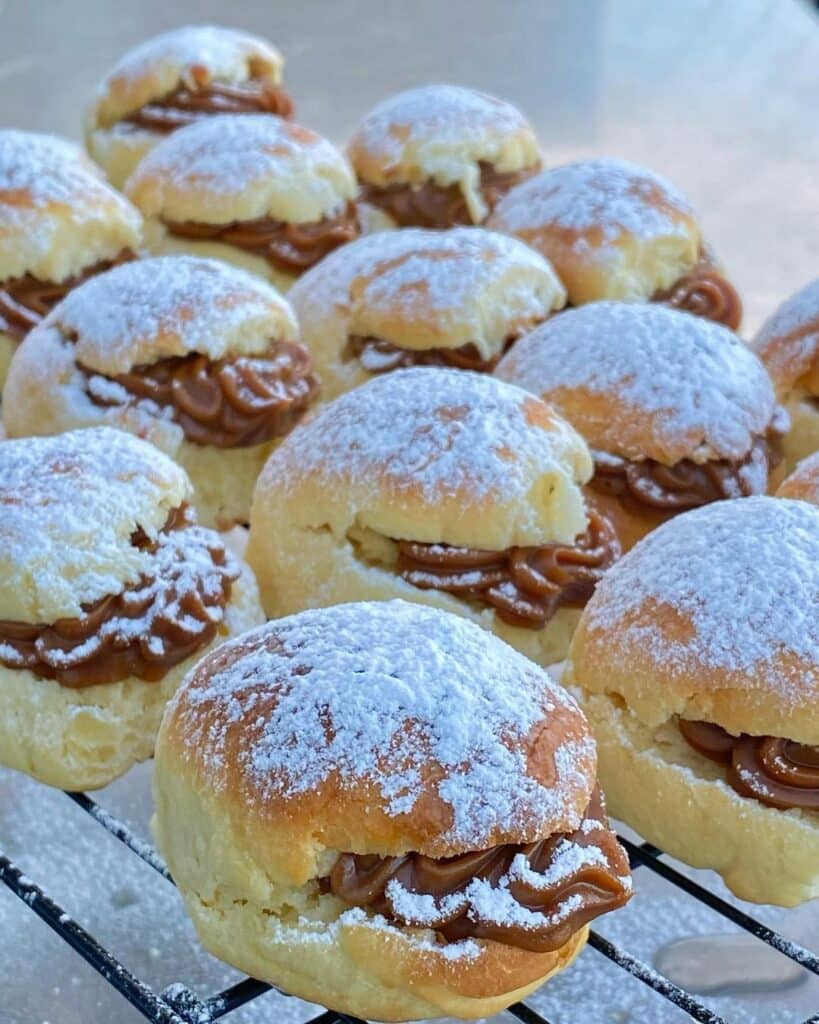
Miguelitos are one of the most delicious, sweet, and creamy Spanish snacks. It is a sort of flaky puff pastry that, after tasting it, will win your heart.
The first appearance of miguelitos was in the 1960s when the inventor of this treat initially offered this snack in Pamplona. To make this snack, the puff pastry is layered and then filled with cream. Typically, custard or chocolate sauce is in the center.
This dish’s primary components are eggs, flour, and butter. Typically, to make this delicious treat, the dough is continually folded, and this is how the layers are created. The layers are what give most puff pastries their flaky feel.
After the baking process is finished, the pastries are then cut down to the center and filled with the egg custard. The custard gives it a buttery, sweet filling and a rich taste. Those little delicacies are often topped with powdered sugar. The Miguelitos have a very delicate and crumbly texture and are considered to be one of the most loved Spanish snacks.
Salty & Savory Spanish Snacks
5. Empanadas
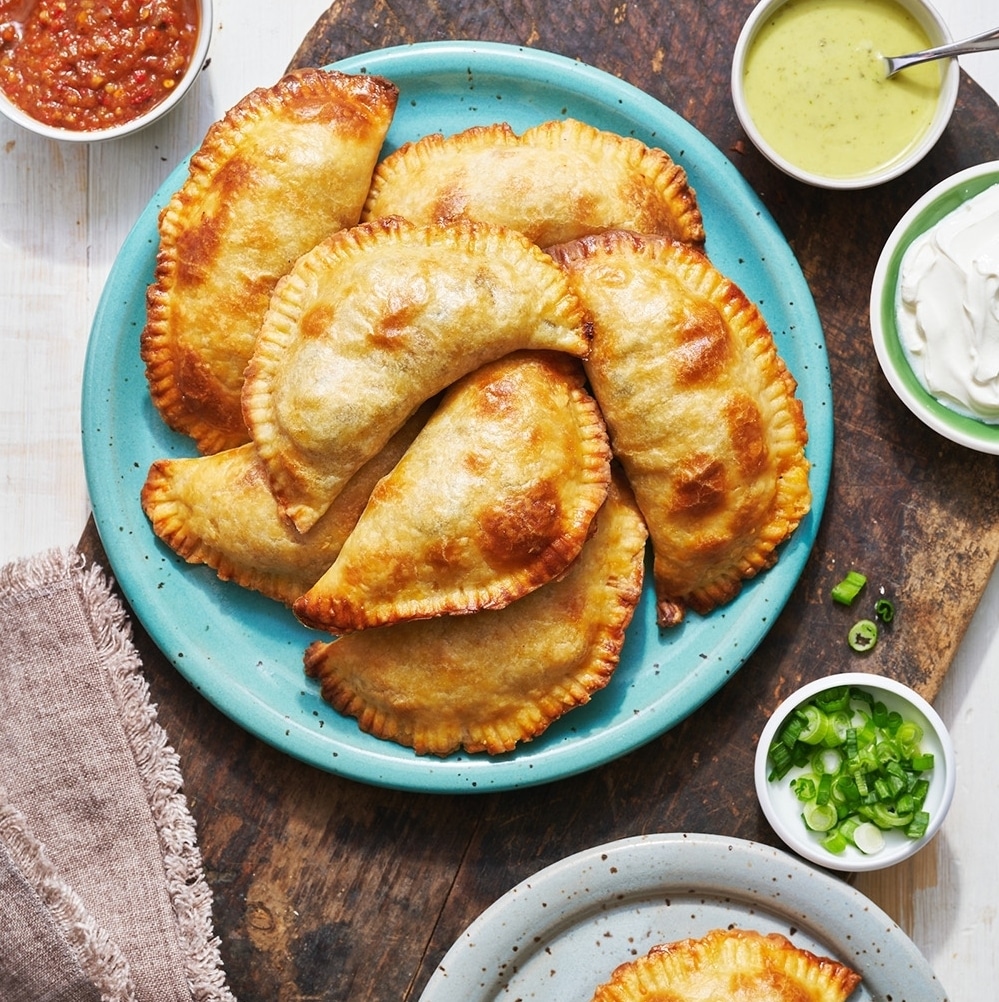
One of the traditional tapas (small appetizers) in Spanish snacks is empanadas. It is a form of pastry known as a turnover, which calls for folding a layer of dough around the various fillings. Many diverse Spanish-speaking cultures enjoy these delicious Spanish snacks.
When Empanadas first appeared in Spanish history is unknown. However, a 1520 cookbook already had a recipe for this meal that contained the seafood filling. However, seafood and fish are not widely used for the dish.
The Spanish people favor cheese, veggies, and meat that has been marinated. The treat’s crusty outer part is covered with a puff pastry layer. A snack is a common bar meal across the nation, and it is very simple to prepare. Once you taste that delicious combination of meat and cheese, you’ll want more.
6. Boquerones Fritos
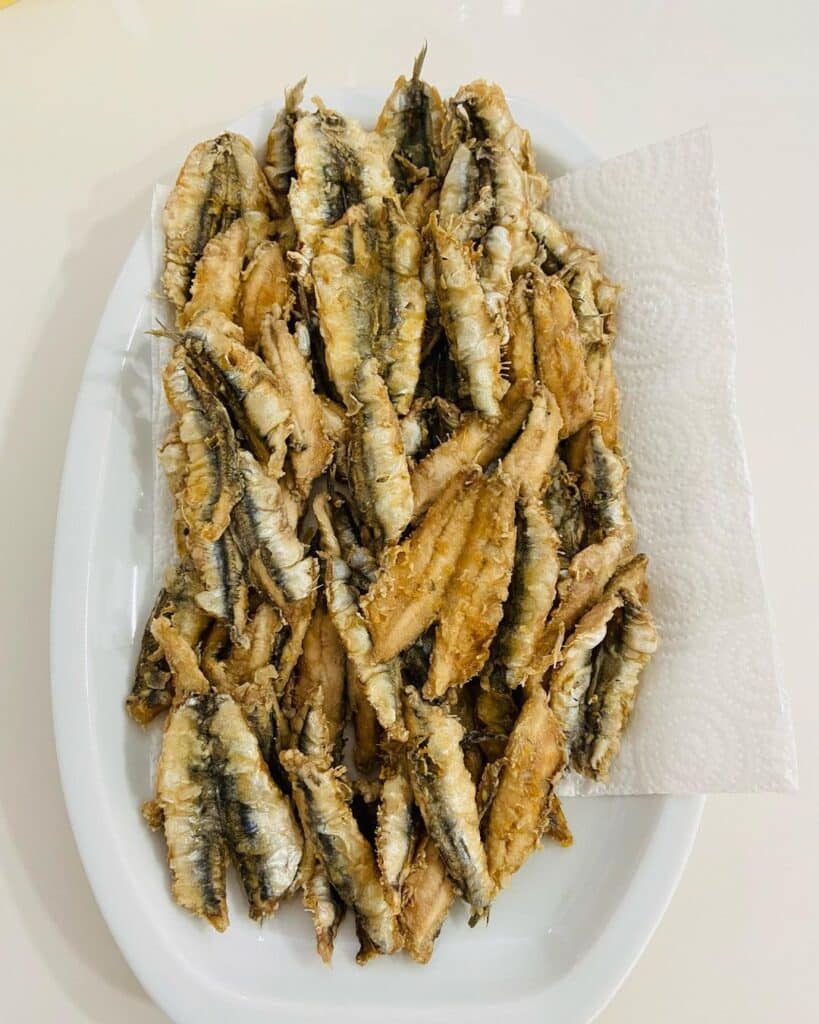
Boquerones Fritos, also known as fried anchovies, are popular Spanish snacks. A lot of people prefer to eat it alongside a nice glass of Sangria. If you have not heard yet, fried sangria is a red wine that has chopped fruits in it.
The main ingredients of the boquerones fritos, other than anchovies, are egg batter and bread crumbs. In Spain, there are two varieties of anchovies, cured and fresh. Both of them can be used in this delicious food. However, fresh ones are preferred.
The anchovies often need to be dipped in batter and then in bread crumbs before being fried. Different anchovy varieties will generate various tastes. The meal will have a slight salinity if you use anchoas. The Boquerón version, on the other hand, has that sour flavor and crunchy texture.
7. Torreznos
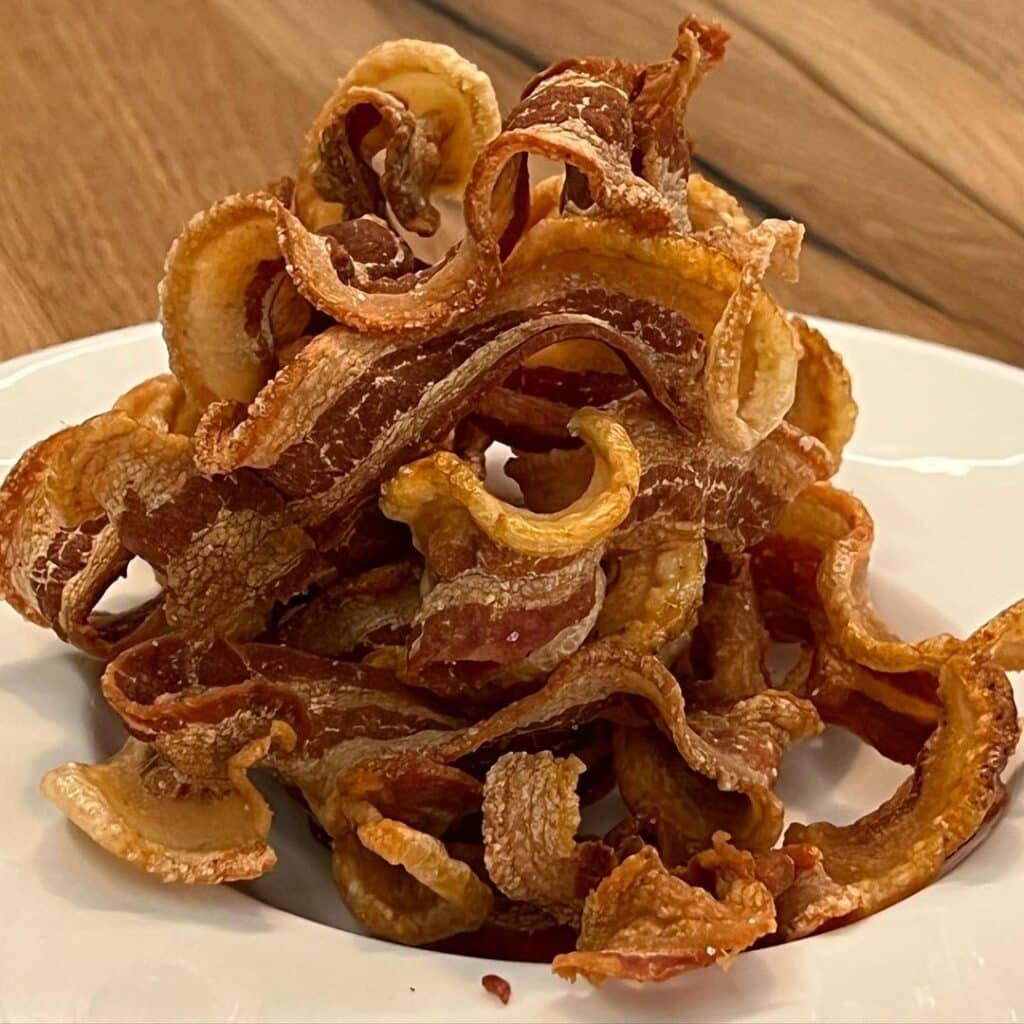
Torreznos are high-calorie Spanish snacks made from pork belly. The snack will keep you full for a few hours. It’s a well-liked snack, notably in the Castilla-Leon city of Soria. Either the pork belly or the bacon will do for this meal. The meat is chopped into thick strips, which are then dried for 24 hours. After it gets dried, the snack is deep fried in the oil. The meat needs to be chopped into cubes before being fried.
The meat is deep-fried until the skin develops air bubbles and the outside appears crusty. Once it is fried, the snack is placed on a paper towel to drain the excess oil. A particularly crispy sort of beef is the end product. The meat in this meal has a tinge of various species and salt. One bit into, the outside layer is crispy, but inside, the flesh is juicy and delicious. The Torreznos are often consumed alongside beer or red wine.
8. Pan Tumaca
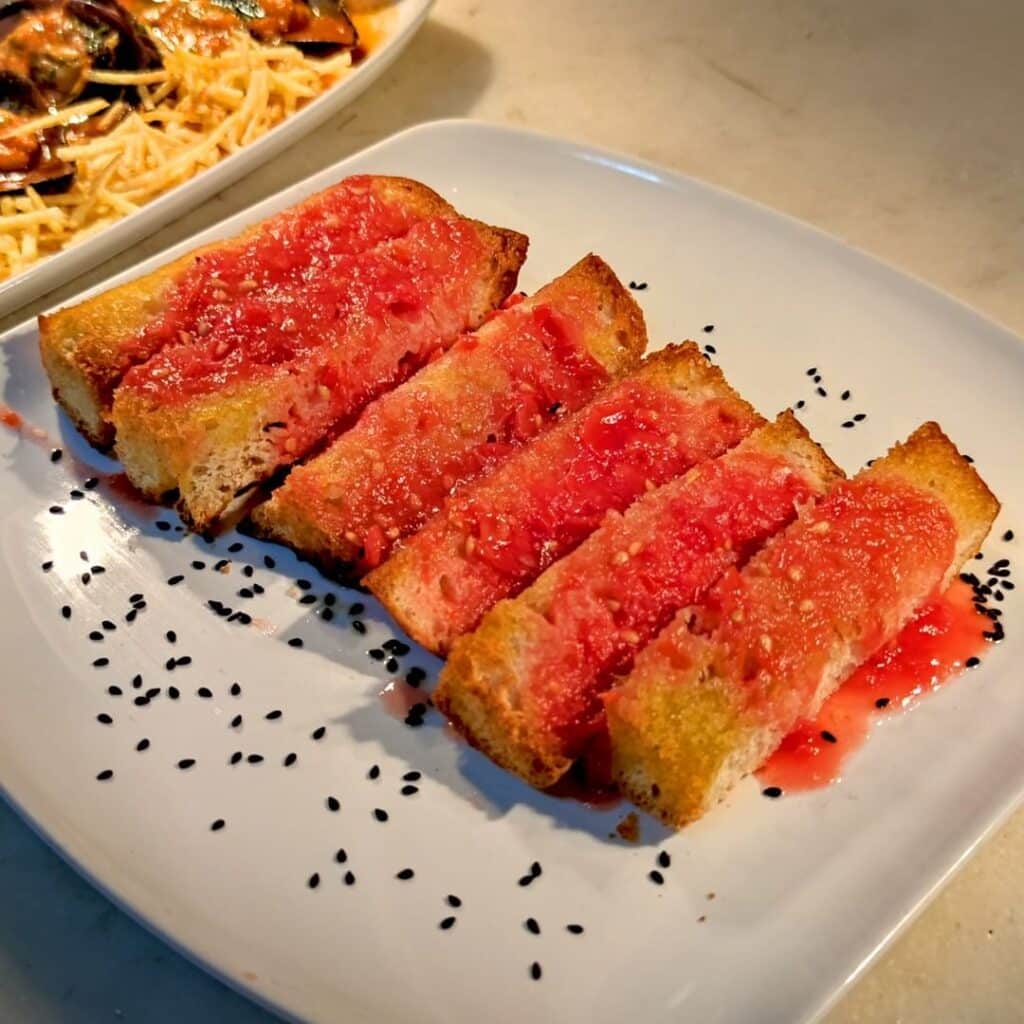
Pan Tumacas are not only delicious Spanish snacks but also a very easy treat to prepare. Slices of bread and sliced tomatoes are the main ingredients of the meal. The dish is also known as Pan Con Tomate and Pa Amb Tomaquet in Spain. From the Spanish coast, this delicacy from Catalonia first appeared in the 19th century.
To prepare the dish, you will need olive oil, tomatoes, and a piece of bread. The tomatoes are first grated into a pulp. Then some salt is added to the tomato pulp to season it. Then some olive oil is spread on the bread and toasted until crispy. The garlic is then sliced in half and applied to the bread. Add a little salt to the bread as well. Spreading the tomato pulp on the bread is the last step.
Despite the dish’s seeming simplicity, Pan Tumaca has a powerful taste profile. Delicious tomatoes have a little umami flavor, and additional seasoning just makes them better. The bread gives the entire meal a little more crispiness.
Bottom Line
Spanish snacks are among the most well-known in the world regarding gastronomy. There you will find savory and sweet treats that satisfy your tastebuds. The colorful cuisine and unique recipes are mainly due to its unique geographic and cultural variety. The greatest part is that most Spanish snacks can be made using basic ingredients like eggs, milk, and sugar.
Which Spanish snacks are your favorites and why? Share your thoughts in the comments section below.

Nato is a content writer and researcher with a background in psychology. She’s passionate about writing about the candy industry and exploring the cultural significance of sweets and treats. She believes that the stories behind our favorite snacks can reveal a great deal about our values.
Please leave a review or any memories of this snack in the comments below. Thank you!
Click here for a full A-Z list of Snacks and Candy
